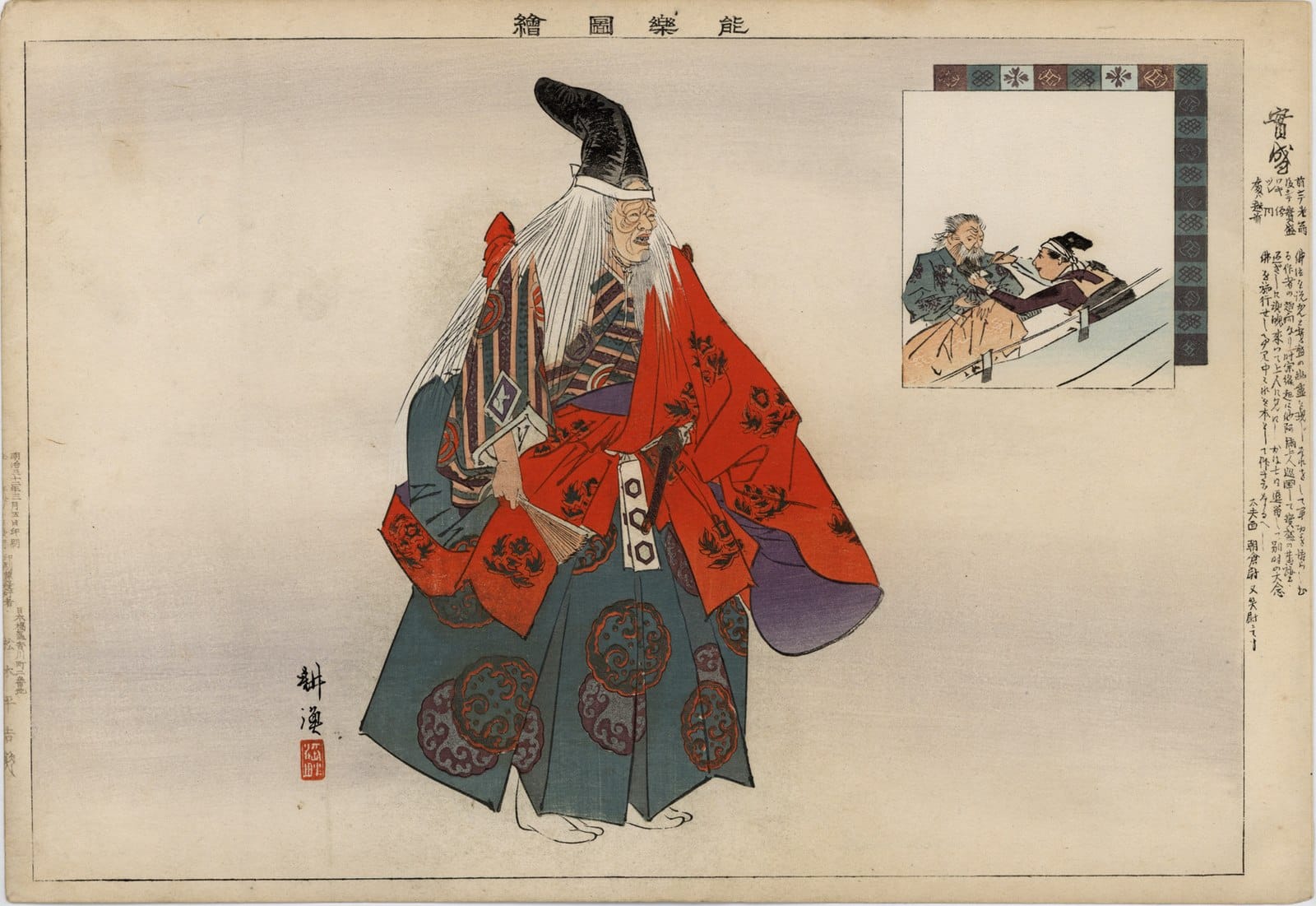We had another nice meeting of our Austin Haiku group (with many thanks to our organizer, Agnes Savich... who has a book coming out in September: so many dandelions), and in addition to workshopping people's haiku, we talked about some of the topics covered in Lee Gurga's Haiku: A Poet's Guide, which is a super-useful book, so I was glad to see it featured at our meeting.
What was most interesting for me was the discussion of allusion. I really like how Gurga considers the use of season words to be a kind of allusion; when haiku poets invoke a traditional season word, kigo, that is both a connection to the world of nature but also a connection to the haiku tradition, at least in Japanese. That's a big motivation for me to learn Japanese: I really want to understand this allusive practice which is grounded in specific Japanese words.
We also talked about how the use of geographical place names is another kind of allusion in haiku, one which readers can miss out on if they do not have personal knowledge of the place in question. I see lots of place names in classic Japanese haiku, and I am very grateful for the notes and comments that some translators provide to help give us some sense of what the place name evokes for Japanese audiences.
The poem that Gurga uses to begin the allusion section of his book is one by Basho which alludes to a famous Noh play about the warrior Sanemori; see Wikipedia: Sanemori. The first line of Basho's poem is a famous quote from the play, expressing pity for the fate of Sanemori who was beheaded in battle. Here is the Wikipedia summary:
Saitō Sanemori was a samurai warrior who fought in the Genpei War and died at the Battle of Shinohara when he was seventy-three years old. In Zeami's play, a travelling monk encounters a ghost who reveals himself to be Sanemori, having spent the two centuries since his death dwelling “among the Asuras / enduring pains too horrible to tell." Redeemed by prayers to Amida Buddha, the ghost then tells the story of his last fight, and how the dyed locks on his severed head moved his adversaries to respect and awe at his courage in fighting despite his advanced age.
Then, the helmet in the second line is a different kind of allusion: Basho actually saw what was supposed to be Sanemori's helmet when he visited the Tada Shrine (details); there is an annual Helmet Festival, "Kabuto" Festival, celebrated there even now. I found this excerpt from Basho's travel diary in a helpful blog post about the poem:
In this area, I visited the Tada Shrine which contains Sanemori’s helmet and a piece of his armour brocade. In days of old, it is said, at a time when he still served the Genji clan, these articles were given to him by Lord Yoshitomo. Certainly they were meant for no common warrior: from eye shield to ear flaps there is an engraved arabesque of chrysanthemum inlaid with gold and at the crown is a dragon’s head with the hoe-shaped crests attached. In the annals of the shrine it is written that after Sanemori’s death in battle, Kiso Yoshinaka dedicated these relics to the shrine with a message of prayer; Higuchi no Jiro his emissary. Here they lie before my eyes, just as in the legend.
So, the helmet appeared before Basho's own eyes in life, and he has put that helmet before our eyes in the poem. Then, in the third line, Basho adds a typical haiku character: a cricket. Presumably Basho hears rather than sees the cricket, right? But he does not say so. All he says is: cricket.
How pitiful!
Under the helmet,
a cricket.
むざんや な
甲の下 の
きりぎりす
muzan ya na
kabuto no shita no
kirigirisu
The word muzan, むざん, resonates with the Noh play and with Buddhism itself, at least according to the Wiktionary entry. And I recognize kabuto, helmet, from the name of the Kabuto Festival, although I am not quite sure about the different kanji for helmet, 兜 and 甲; I see that they are related somehow, but I am just the most basic beginner when it comes to kanji (I'm still working on learning all the hiragana).
And then there is the cricket, kirigirisu, きりぎりす, all alone in the final line. I see at the Wiktionary that there is also kanji for cricket, 螽蟖, and I don't yet understand how that choice between hiragana and kanji works... but I sure can read the hiragana more easily!
So, this cricket haiku is a perfect example of why I am enjoying this Japanese language adventure. The words of this little poem connect powerfully with Japanese cultural history, with Basho's own journey, and with all the other crickets in the world of haiku. So now whenever I meet a haiku cricket, kirigirisu, I will think of this particular cricket under Sanemori’s helmet when Basho visited the Tada Shrine all those centuries ago.

Scene from the Noh play Sanemori.